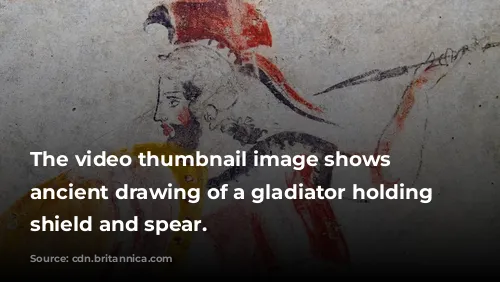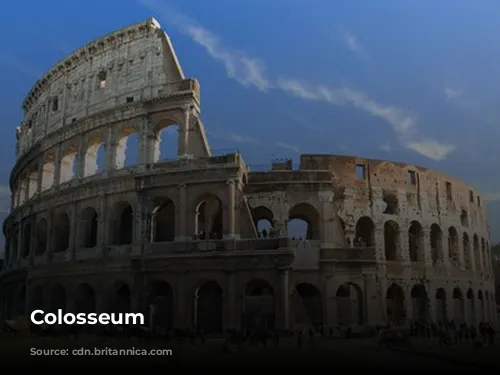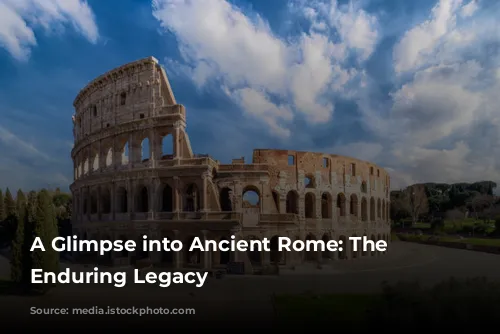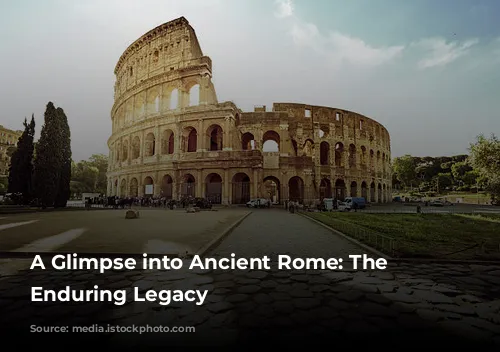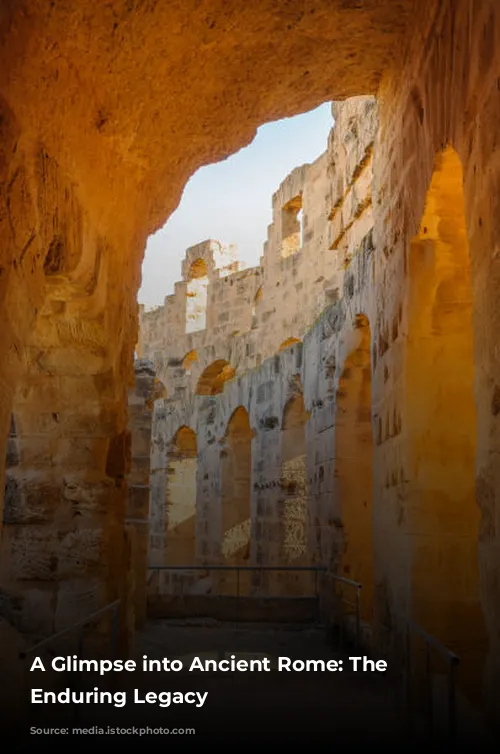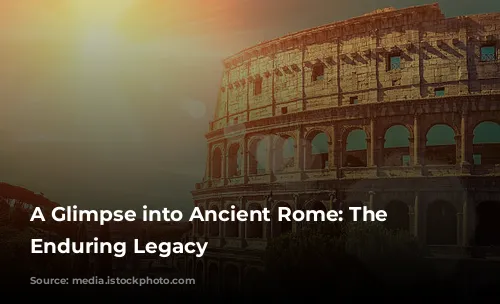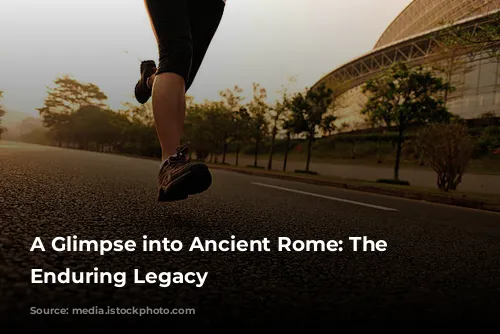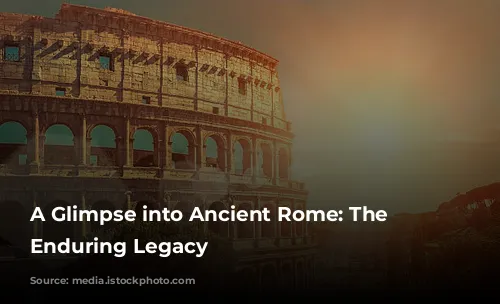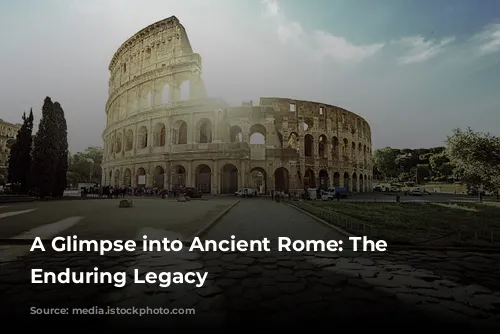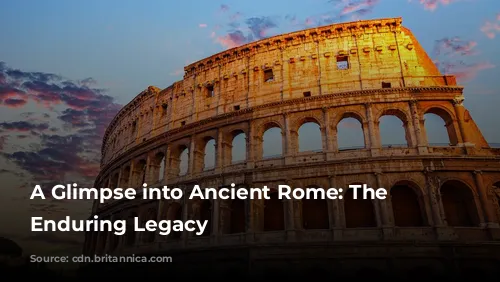The Colosseum, a monumental testament to ancient Rome’s remarkable architectural and engineering skills, stands proudly as one of the few largely intact structures from that era. Today, it’s not only a historical marvel but also a significant revenue generator for the Italian government. In 2018 alone, the Colosseum, Roman Forum, and Palatine Hill collectively brought in over $63.3 million (€53.8 million), making it the top tourist attraction in Italy.
This ancient amphitheater has endured centuries of neglect and transformation, showcasing the ebb and flow of history. After the fall of the Western Roman Empire, the Colosseum fell into a state of serious disrepair. During the 12th century, it was repurposed as a fortress by the Frangipane and Annibaldi families. In the late 15th century, Pope Alexander VI even allowed the Colosseum to be used as a quarry, stripping away its precious materials.
However, the Colosseum’s story isn’t just one of decline. It’s a narrative of resilience, marked by a remarkable revival in the 1990s, thanks to state-funded restoration efforts.
A Symbol of Imperial Power: The Colosseum’s Origins
The Colosseum was born out of an imperial ambition to revitalize Rome after the turbulent year of the four emperors in 69 CE. Like other amphitheaters of its time, Emperor Vespasian envisioned it as a venue for public entertainment, hosting spectacular events like gladiator fights, animal hunts, and even mock naval battles.
Construction began under Vespasian between 70 and 72 CE, and the Colosseum was dedicated in 80 CE by his son and successor, Titus. The fourth story was later added by Emperor Domitian in 82 CE. It’s a testament to the power of the Roman Empire that the Colosseum was financed by the spoils of war – the plunder from Titus’s conquest of Jerusalem in 70 CE. Sadly, the construction of this iconic structure was also fueled by the forced labor of enslaved Jews from Judaea.
A Masterpiece of Engineering: The Colosseum’s Structure
The Colosseum, also known as the Flavian Amphitheater, is an elliptical marvel made of stone, concrete, and tuff. This massive structure stands four stories high at its peak, spanning 620 by 513 feet (189 by 156 meters). It could accommodate a staggering 50,000 spectators, making it a true testament to Roman engineering. The Colosseum’s fame, however, is inextricably linked to the gladiatorial combat that once filled its arena.
The Colosseum’s location, just east of the Palatine Hill on the site of Nero’s Golden House, was both symbolic and practical. Vespasian, who rose from humble beginnings to the throne, chose to replace the tyrannical emperor’s private lake with a public amphitheater, a visible symbol of his commitment to the Roman people.
Unlike earlier amphitheaters, which were often built into hillsides, the Colosseum is a freestanding structure. Its innovative design, incorporating a complex system of barrel and groin vaults, allowed it to stand tall without the need for a supporting hillside.
The Colosseum’s exterior is a testament to Roman architectural prowess. Three of its stories are encircled by arcades framed by engaged columns in the Doric, Ionic, and Corinthian orders. This elegant arrangement of columns played a key role in shaping the Renaissance codification of architectural orders, known as the assemblage of orders.

A Place of Entertainment and Spectacle: The Colosseum’s Events
The Colosseum offered shelter from the elements to its vast audience. A massive retractable awning, known as the velarium, protected spectators from the sun. Supporting masts extended from corbels built into the topmost story, and hundreds of Roman sailors were needed to operate the rigging that controlled the awning.
The Colosseum served as a stage for a multitude of events, including:
- Gladiatorial combat: Thrilling hand-to-hand combat between gladiators enthralled crowds.
- Animal hunts: Spectacular encounters between humans and dangerous wild animals kept the audience captivated.
- Mock naval battles: Elaborate naval battles staged within the arena provided an exciting spectacle.
Though the Colosseum’s role in early Christian martyrdom remains uncertain, it’s undeniable that this iconic structure witnessed countless events that shaped Roman history.
A Legacy of Transformation: The Colosseum Through the Ages
Throughout history, the Colosseum has served various purposes. In medieval times, it was repurposed as a church, later becoming a fortress under the control of prominent Roman families like the Frangipane and the Annibaldi.
Over the centuries, the Colosseum endured damage from lightning, earthquakes, vandalism, and pollution. Its once magnificent marble seats and decorative elements disappeared, leaving it as little more than a quarry for over 1,000 years.
Fortunately, the Colosseum received much-needed attention in the 19th century, with notable preservation efforts led by Pope Pius VIII. The 1990s saw a major restoration project, ensuring the Colosseum’s continued survival.
Today, the Colosseum stands as a powerful reminder of ancient Rome’s grandeur. It continues to be a major tourist attraction, drawing nearly seven million visitors each year. The Colosseum remains a place of historical significance, hosting changing exhibitions that delve into the rich culture of ancient Rome.
The Colosseum’s journey is a testament to its enduring power. From its beginnings as a symbol of imperial might to its role as a quarry and a fortress, the Colosseum has withstood the test of time. It stands as a reminder of the past, a source of wonder for the present, and a beacon of hope for the future.
